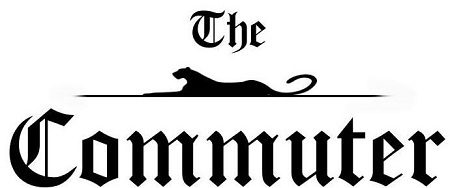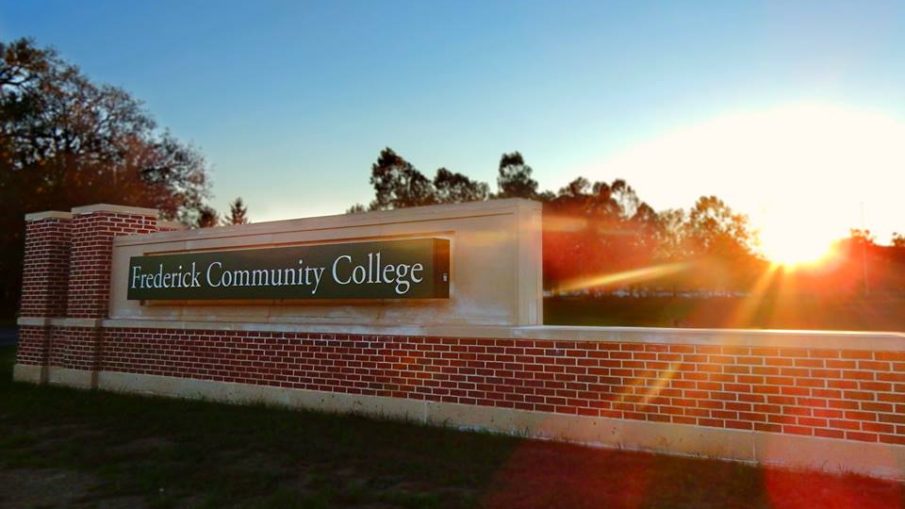By Kieran Burriss
 Computer screens are aglow as engaged students gaze upon the large displays, faces of focused-concentration illuminated. Amidst the technological atmosphere a cart of free books sits near the entrance to the library.
Computer screens are aglow as engaged students gaze upon the large displays, faces of focused-concentration illuminated. Amidst the technological atmosphere a cart of free books sits near the entrance to the library.
The unveiling of Frederick Community College’s newly renovated library, “The Learning Commons,” has brought technology to the forefront of the space’s study-driven atmosphere. Free book carts aren’t something most people would argue with, yet the cart represents something far larger than mere “freebies.”
The unassuming cart symbolizes not only the reduction in library literature on campus, but the evolving research environment in college libraries nationally.
Modeled after larger university libraries, Frederick Community College’s print book cleansing was largely based on three factors: cost, validity, and space. According to a New York Times article published in 2005, colleges nationwide have been reducing their literary collections in favor of digitized resources.
Databases, digital magazines, reference sources, and archival newspapers have become increasingly sophisticated due to literary budget cuts. A climate of preferred digital research on campuses has fueled this shift, but not all campuses have embraced this digitization.
“The library is a kind of information ecology,” said Frederick Community College Library Director Mick O’ Leary.
FCC’s “’Information Ecology’ in 1996 resembled a desert,” O’Leary explained. The literary collection contained roughly 35,000 print books and magazines, as digital research was very limited. Fast forward to 2016 and digital information is instantaneous and available. The climate of a library’s ecology in 1996 was centered primarily on print books and magazines; an environment that was challenging for students looking to research an uncommon topic.
“At times I had to tell students I couldn’t help them, and I never enjoyed doing that,” O’Leary explained.
Though these databases may seem like “magic” when relevant research materials are available at the click of a mouse, these digital sources are costly.
Increased use in research databases off campus, accompanied by student surveys showing the desire for more study space, steered the college’s decision to reduce the literary collection. Students weren’t checking out books at the rate they were accessing digital resources, O’Leary explained.
Though the literary collection has been reduced the books that remain in the library are relevant to active courses. All of these research devices are meant to work together, O’Leary said.
Since the reference digitization movement began at the University of California in 1994, larger universities have since moved in the same direction. According to the New York Times The University of Austin Texas was scheduled to open their new, “24-hour electronic information commons…”. The college relocated over 90,000 volumes in order to create space for the facilities’ new features.
According to an article in American Libraries Magazine Syracuse University’s Library reduced print materials and increased technological resources was met with opposition. Many students, alumni, and staff argued that literature has a strong link to proper academic research and should not be underutilized. The fear that the ability to browse a collection would be lost was also a heightened concern.
Literature becoming obsolete within college libraries is not a likely reality on campuses, O’Leary explains. There are students who prefer print material to digital material, those who prefer digital to print, and those who utilize both methods; students’ individual research preferences are valued.
“Awareness of the resources is key,” O’Leary stated.
As opposed to previous semesters, the “free book cart” this spring signifies a change in the model of academic research at FCC. How colleges are approaching, adapting to student’s research needs will continue to evolve within libraries’ resource structures. The desert landscape present twenty years ago is quickly becoming a rich informational oasis.

